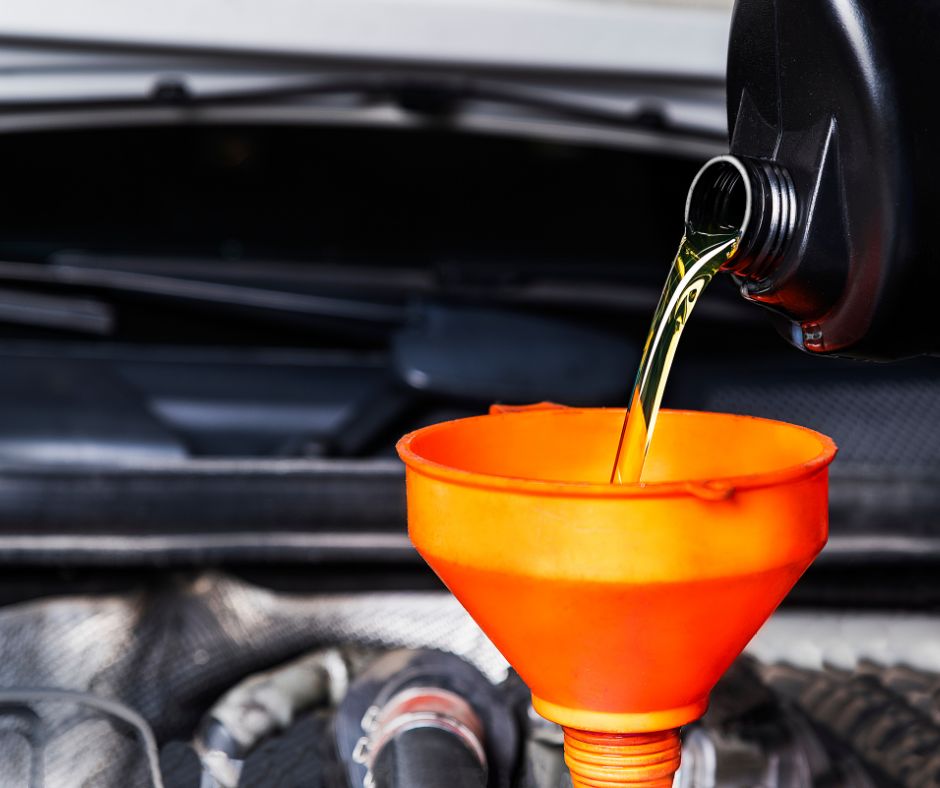
There are obviously a lot of fluids to keep track of in your vehicle, so much so that it can probably get overwhelming to think of. But making sure your fluids are clean and at the appropriate levels is critical for your car’s maintenance, so the master mechanics at Certified Auto Repair in San Luis Obispo have put together a list of the fluids you should regularly check and keep maintained to ensure your car is running smoothly and safely.
1. BRAKE FLUID
It’s obvious that the importance of highly functioning brakes is essential to road safety. A vehicle’s brake system needs brake fluid to function properly. The fluid level should be towards the top and should be a light brown or yellow color. If it looks dark or muddy, it should be replaced.
2. COOLANT
Coolant (or antifreeze) is usually a bright neon yellow or green color and serves a dual purpose. The radiator inside of your car keeps your car from overheating, which is all made possible by the coolant. The second purpose of the coolant is to provide all passengers with cool air conditioning when outside temperatures are too high and/or uncomfortable.
3. MOTOR/ENGINE OIL
Usually regarded as the most important fluid for your car after gasoline, motor oil keeps all your car’s engine parts lubricated and running efficiently. It is usually an amber or yellow color and should be clear. If you the motor oil is dark, thick, or has particles in it, it is essential that you have your motor oil changed, otherwise your vehicle risks having a major issue down the line.
4. POWER STEERING FLUID
If you drive a modern car, chances are, you have power steering. To keep your vehicle’s steering adaptable and responsive, make sure your power steering fluid levels are checked and in good shape.
5. TRANSMISSION FLUID
Your car’s transmission is made up of gears, clutches, and valves that allow you to shift gears. Transmission fluid keeps everything lubricated in the transmission allowing you to seamlessly go from park to reverse to drive, and back again in any order.
6. WINDSHIELD WASHER FLUID
Probably the least “vital” of all the fluids, windshield washer fluid may not help your car’s performance as vitally, but it is important for the driver to maintain visibility and ensure the safety of all passengers and other motorists. This fluid is specially formulated to get rid of all the bugs, dirt, and grime that can accumulate on your car’s windshield.
FLUID CHANGING SCHEDULE
You should not ignore changing or refilling your vehicle’s fluids. Here is a quick guide on when to check to replace the fluids in most cars:
EVERY 3 YEARS OR 30,000 MILES (WHICHEVER COMES FIRST)
- Brake Fluid
- Coolant
- Power Steering Fluid
- Transmission Fluid
EVERY 5,000 MILES
- Motor/Engine Oil
AS NEEDED
- Windshield Washer Fluid
NEED TO REPLACE YOUR FLUIDS?
Make an appointment at Certified Auto Repair in San Luis Obispo for all your vehicle maintenance and fluid replacement needs. Our certified auto repair technicians have serviced thousands of vehicles and are experts in fluid replacement. Call us today to schedule an appointment.

